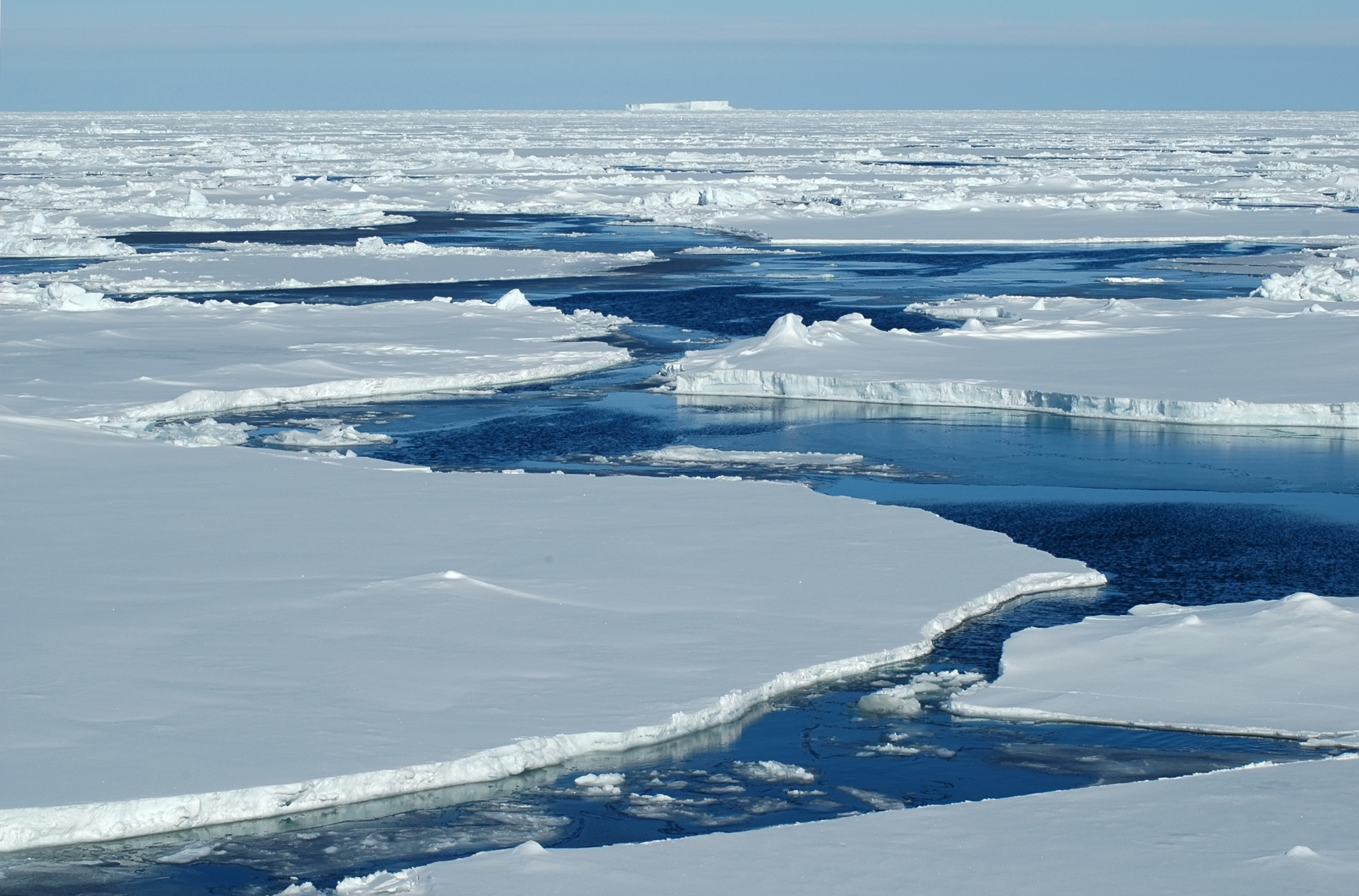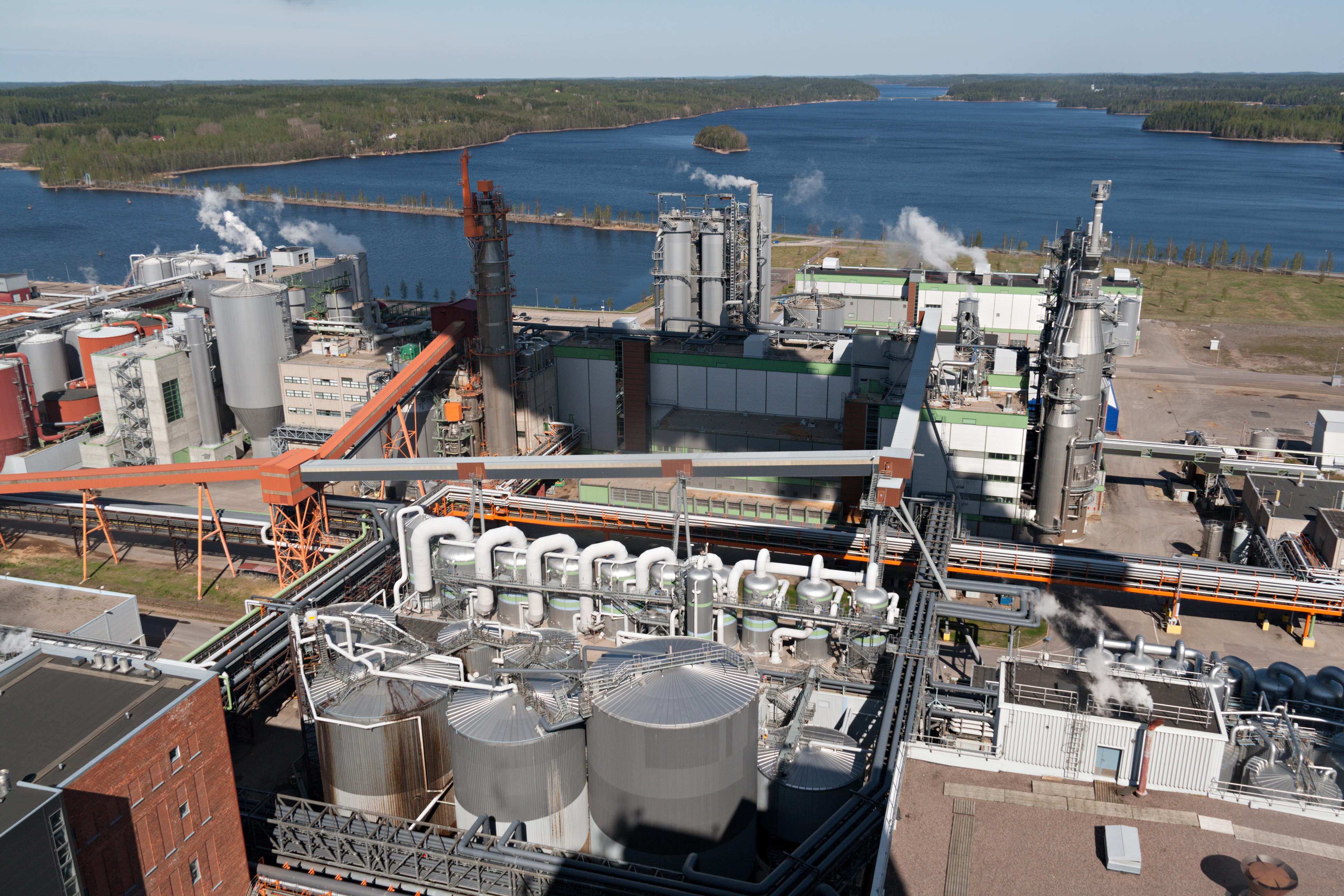
Maddalena Muttoni is a 2022 Young Scientists Summer Program participant in the IIASA Economic Frontiers Program. This summer, she modeled the relationship between the Earth’s carbon stock and industrial production, paying special attention to what happens at a climate change tipping point.
Muttoni, a PhD student in Mathematical Sciences at the University of Padova in Italy, specializes in optimal control theory and differential games. She has used her mathematical background to research epidemiology, marketing, health economics, production offshoring, and social choice. As part of her Young Scientists Summer Program research, she harnessed her passion for climate change by using the continuous-time Dynamic Integrated Model of Climate and the Economy (DICE) to investigate the relationship between industrial production, carbon emissions, and their effects on the atmosphere and ocean. All of these factors are under threat of a potential sudden environmental catastrophe, known as a climate tipping point.
 © Maddalena Muttoni
© Maddalena Muttoni
“We try to tailor a model to be as faithful to reality as we can,” she says. “Sometimes, however, we run into a complicated optimization problem, where it is not easy to see what the best strategy is. We then use optimal control theory, which is a very powerful tool that helps us solve complex problems.”
Optimal control theory is a branch of mathematics that explores ways to control a dynamic system over a specific time horizon in a way that maximizes a certain payoff – in this case, social welfare. The theory provides tools to understand the complicated and dynamic interactions within a model, and learn about what would happen if we changed something in the system. This helps researchers create meaningful recommendations to manage complex problems like climate change.
In Muttoni’s project, the dynamic system is the relationship between industrial processes and the temperature increase in the ocean and atmosphere due to carbon emissions. With her colleagues, she looked at this relationship over time to optimize future industrialization while minimizing climate impacts.
 © Ulf Huebner|Dreamstime
© Ulf Huebner|Dreamstime
The deforestation of the Amazon is one of the climate tipping points that Muttoni considers in her research.
“It would be ideal to just cut down carbon emissions to save the planet and our civilization,” she explains. “But you also need to face the fact that as a society, we need industrial production. Optimization in the climate context is all about compromise.”
A control problem has several state variables, in other words, elements that change over time. In Muttoni’s case, the state variables are economic capital (which increase with more reinvestment), the carbon in the atmosphere, the carbon in the upper layer of the ocean, the carbon in the lower layer of the ocean, the temperature of the atmosphere, and the temperature of the ocean. Each of these quantities are dynamic, and their evolution is dependent on factors such as how much more carbon is emitted into the atmosphere and how much is absorbed through natural processes like photosynthesis and ocean uptake. Two control variables are set by the decision maker: the savings rate (the amount of economic production output that is reinvested into more production of capital), and emission abatement. In the current study, the decision maker is a hypothetical person, who is able to control the whole system and aims for the social optimum.
With the DICE model, Muttoni applied the theoretical framework of two-stage optimal control problems with a random switching time, when the system’s dynamics and/or payoff change irreversibly. In this case, the switching time is a climate tipping point like a stand-still or reversal of the Gulf Stream, the melting of the Arctic ice caps, or runaway deforestation in the Amazon. This “switch” in the climate system severely impacts everything that is connected to it. The study is among the first to consider an Integrated Assessment Model with a tipping point, and to fully identify the different effects that are responsible for the behavior of the entire system.
 © Staphy|Dreamstime
© Staphy|Dreamstime
Muttoni is also looking at the melting of polar ice as a variable in her research.
“When we talk about a random switching time, it’s not entirely random. We introduce a quantity called the hazard rate, which tells us how likely it is that a climate change event will happen sooner rather than later,” she says. “The policymaker can influence that quantity: it depends on our actions, past and present. The hazard rate for a switching time in our case could depend on the total stock of carbon in the atmosphere and/or on temperature, which in turn depends on how much our carbon emissions were reduced over the past years. Our group is trying to understand how to optimally prepare and adapt to an unpredictable climate tipping point that will impact the environment and economy irreversibly.”
However, the DICE model has several limitations. This is due to the complex nature of the phenomena that it tries to describe mathematically, as well as to our lack of knowledge about many of these phenomena. Although the model cannot be used to quantitatively predict the future, it is still valid for providing insight into the interactions between the different variables of climate and the economy.
“Using the DICE model does not give us an exact recipe for how to behave, but it may help us to see the relationship between these different factors under certain circumstances,” she adds. “Often, we cannot write an analytical solution, but seeing a differential equation decomposed in its different terms, and having someone like IIASA Economic Frontiers Program Director, Michael Kuhn, who is really good at interpreting each of the terms separately, gives you a lot of insight into the dynamics of the problem. For example, we have a term that measures the impact that the stock of carbon in the atmosphere has on capital at the time of the switch, and we see that the bigger it is, the more it contributes to the frontloading of the estimated price – what we call the “shadow price” – of carbon.”
 © Olesiaru | Dreamstime
© Olesiaru | Dreamstime
Muttoni's model aims to find a balance between industrial production and the carbon stores on the planet.
The research group is still building the model, but is factoring in single events like the drop in capital after a large flood or wildfire. Muttoni explains that parameters in the model could change upon the switch, like the drop in absorption of carbon in the atmosphere due to deforestation.
Additionally, she is working on a more theoretical project with optimal control: she is developing a framework for solving multi-stage optimal control problems with multiple random switching times. She hopes that this framework will provide the tools to tackle the problem of optimal management under various threats of disruptive events.
“Usually it’s not just one catastrophe lurking in the background,” she notes. “The theory to solve optimal control problems with only one switching time is already there, and that’s what we are currently using. I would like to develop the theoretical tools to study what happens with multiple switching times. As far as I know, this has never been done before.”
 © Maddalena Muttoni
© Maddalena Muttoni
As part of her summer experience, Muttoni was a vocalist in the IIASA band and played the guitar. She performed at several events over the course of the summer.
Note: This article gives the views of the author, and not the position of the Nexus blog, nor of the International Institute for Applied Systems Analysis.